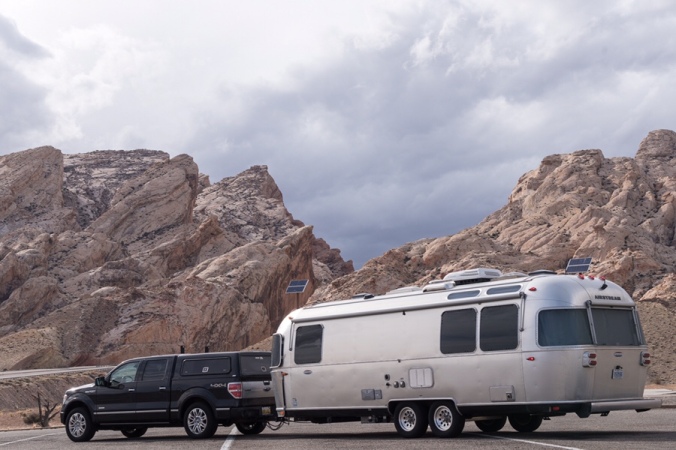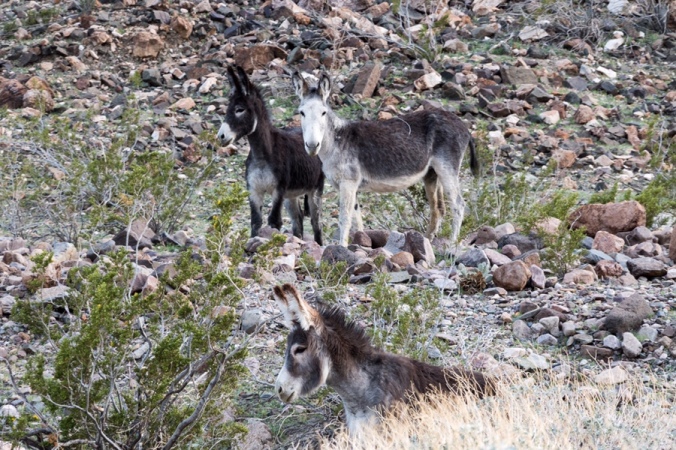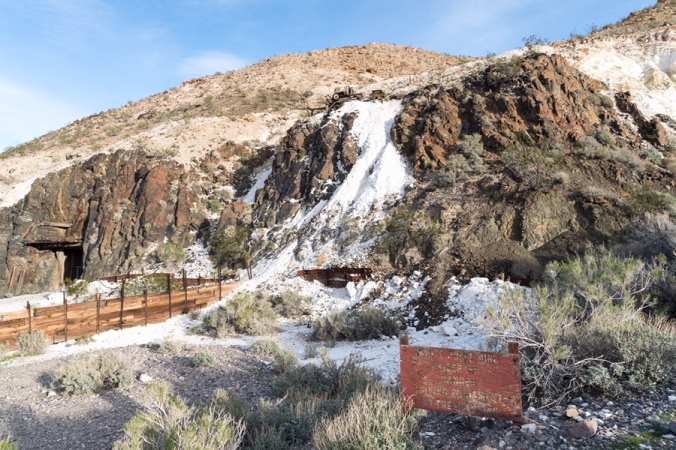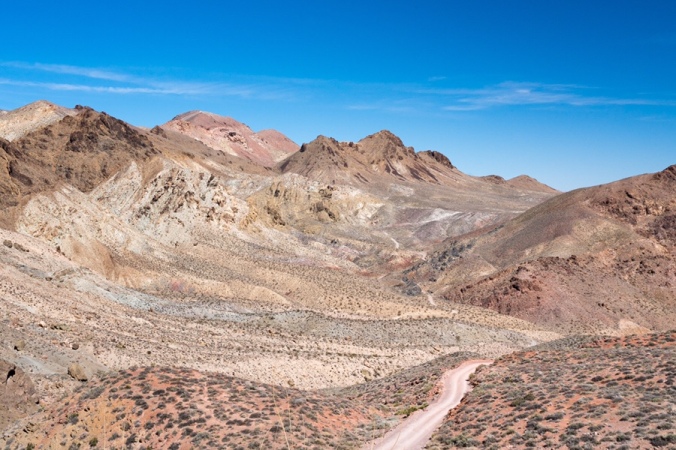We tried to make good time getting to Death Valley, but it still took us three and a half days to drive the 2,100 miles. The first couple days through the Midwest were pretty boring, but it got a whole lot more pretty once we passed Denver. Driving on I70 through Colorado and Utah showed off snow-capped mountains and dramatic canyons.


By the time we made it to the park we were so ready to get out and explore. Most of the campgrounds in Death Valley are no reservation, no hookup campgrounds, and rarely all fill up. We camped at Sunset campground in the Furnace Creek area. Furnace Creek is the heart of the park because it is a natural oasis, in the dry valley.

Death Valley is an extreme place. It is the largest National Park in the United States, outside of Alaska. It also has the lowest point in North America, and is one of the hottest places in the world. The valley is entirely surrounded by mountains, and the hot dry air gets trapped, and keeps getting hotter. Fortunately in March the temperature usually gets into the high 70s during the day, and 50s at night.

It is so dark in Death Valley at night. It felt especially dark after spending three nights in Walmart parking lots. The wind howled the first few nights. I don’t think we’ve been in stronger sustained winds! We assumed the tired people we saw in the park were tent camping.
Badwater Basin is the lowest point in North America, and it’s what I thought of when I thought of Death Valley. It’s a salt flat, and we walked out into it until the salt and mud formed a hexagon pattern.


There are several areas of salt flats, some looked even saltier. Tasted salty too!


We found the Devil’s Golf Course even more interesting. The salt and mud have formed knee-high spikey knobs, that are strong enough to walk on. We walked out on them, and it was pretty tricky to stay upright. There was a warning posted that if you fall on them, they will cut you!


Erosion of the mountains creates sand, and there are a couple of areas where the sand is trapped, making sand dunes.

We walked into the Mesquite Flats Sand Dunes, and avoided the popular trail up the biggest dune to have more solitude. Sometimes we would step on hard packed sand, and other times sink right in.

The morning after a few days of strong winds they looked pristine. The wind left such interesting patterns in the sand.


It was fun to find animal tracks, and try to guess who had left them.

Desolation Canyon is behind an area called “Artist’s Palette” because the canyons are made up of multicolored rocks in pastel pink and blue. We hiked over three miles round-trip into the canyon.


After we hiked about a mile and a half of the trail, there was a side trail that went up a hill. We went up, and Brian pointed to the tallest peak around, and said we were going up that. I said no, but he talked me into it. About two thirds of the way up, I panicked. Some combination of the howling winds, dizzying height, and crumbling ground got to me. I basically clutched the trail and refused to move. Brian talked me into scooting myself the rest of the way.

The view from the top was breathtaking, but it was hard to enjoy it too much, knowing I still had to make my way down. I scooted down the whole way on my butt, stopping to panic again in about the same spot.

It was not the most graceful I’ve ever been, but at least I had an audience of 6 other hikers who stopped and sat down to watch. I’d love to say that I’m glad I did it, and it was worth it in the end, but nope. I think it was dumb. No view is worth risking falling off a mountain! Brian disagrees. People clearly climb up it, there were a few footholds carved into it, but it wasn’t established enough of a trail to make me comfortable that it was safe.

Death Valley has had native people living in it for thousands of years. There are petrogylphs remaining. In the 1800s, during the gold rush in California, homesteaders and miners came through the area, and it was used for mining. Some silver mining was done, and they made charcoal in kilns to use in the smelters. Ten 25 foot high kilns were built in 1877 and only used for a couple years.

Borax was mined in Death Valley starting in the 1880s. We went to a ranger talk at Harmony Borax Mine. Before it started, Brian questioned whether I really wanted to listen to a talk about Borax mining. It is surprising that I voluntarily seek out things that I would’ve found so boring if my parents had made me do them as a kid. It was an interesting talk! We learned that ’20 Mule Team Borax’ was transported out of Death Valley on wagons pulled by 18 mules and 2 horses, and the trip took 30 days round trip. It’s hard to believe it took so much work to make laundry detergent.

We drove on the unpaved high clearance road through Warm Springs Canyon. It was about 14 miles out to the remains of a White Point Mine, and we saw burros on the way. The mine remains were interesting to see, but it’s surprising that when a mine closes, they don’t have to remove everything.


Aside from the burros, and some lizards, the only other wildlife we saw were the endemic Salt Creek Pupfish. A boardwalk took us passed the creek, and the fish that live there are tiny, only about an inch long. They live in this one extremely isolated shallow creek, and can survive the large range of winter and summer temperatures.



We also drove Titus Canyon road, an unpaved, thankfully one-way road. It climbs up a plateau, and over Red Pass (where the dirt is red), and down into Titus Canyon. Tall walls came up around us, and there was barely room for a car to make it through. It’s hard to believe the canyon is passable by car.



After driving Titus Canyon road, we ended up in the middle of the park, so we went north to see Ubehebe Crater. The view from the parking lot was so nice, and the wind had picked up again, so we skipped the hike around the crater’s rim.

We spent about five days at Death Valley, and we filled long days to see as much of it as we could. We were amazed at not only the vastness of the park, but also the beauty. Every direction had towering mountains on the horizon and something fascinating right in front of us.


Day 537| Mile 58,450
Great photos. Getting outside your comfort level … hmmm …. is a military thing. Enjoying your blog.
LikeLike
Great photos!
LikeLike